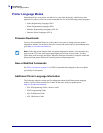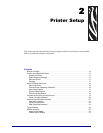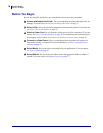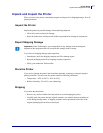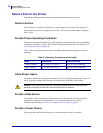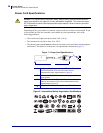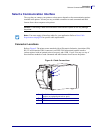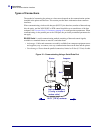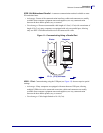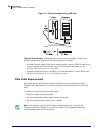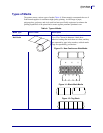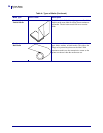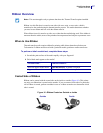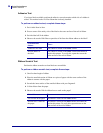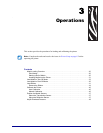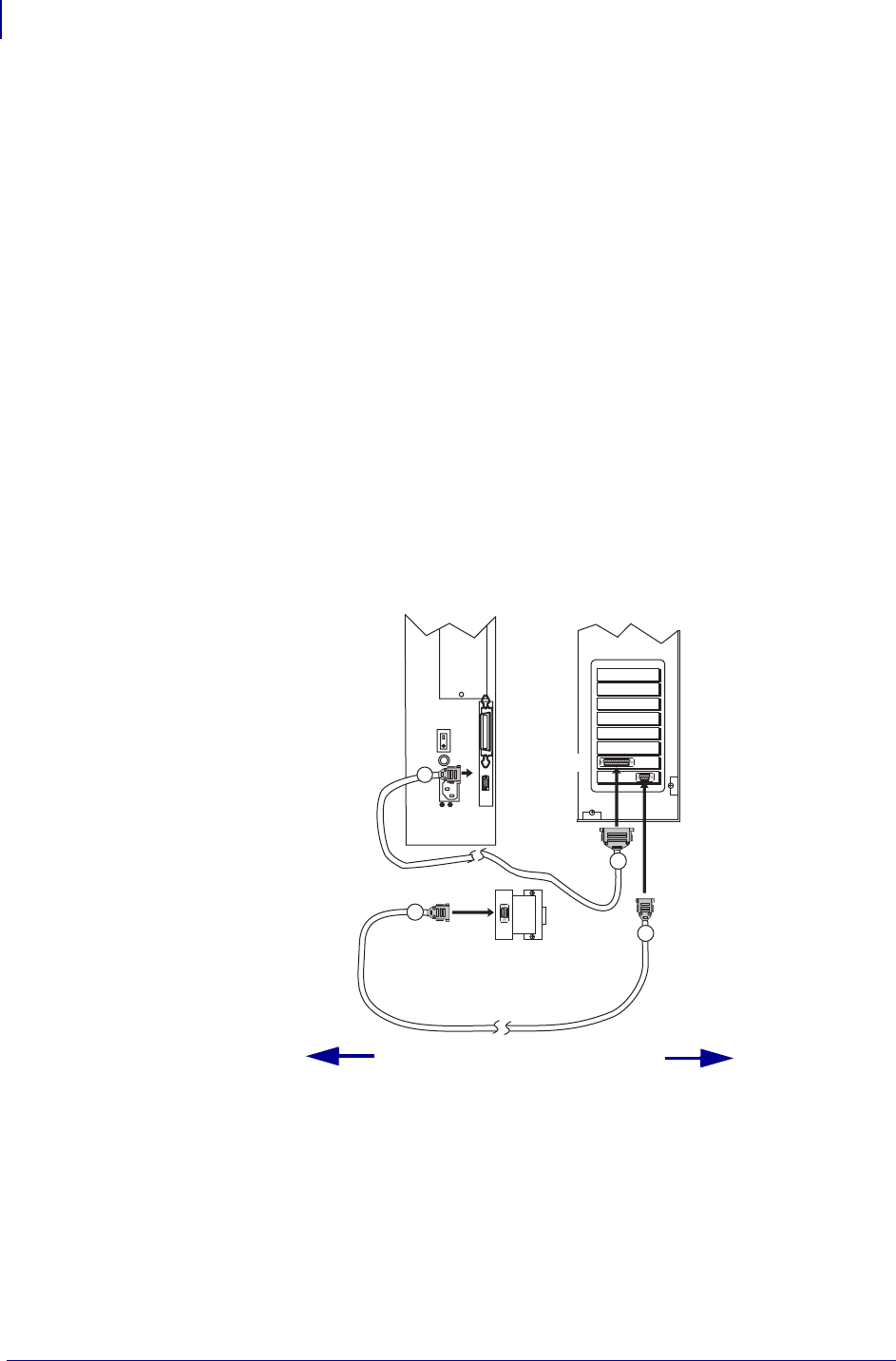
Operations
Select a Communication Interface
22
13290L-001 Rev. A S4M User Guide 10/21/05
Types of Connections
The method of connecting the printer to a data source depends on the communication options
installed in the printer and the host. This section provides basic information about common
interfaces.
When communicating via the serial data port (RS-232), the baud rate, number of data and stop
bits, the parity, and the XON/XOFF or DTR control should be set to match those of the host
computer. See Password Level 3 Parameters on page 65 to configure these parameters. When
communicating via the parallel port or the USB port, the previously mentioned parameters do
not apply.
RS-232 Serial A serial communication method consisting of data and control signals;
available as a standard feature on most PCs and other hosts.
• Advantages: Cables and connectors are readily available from computer equipment stores
and suppliers; easy to connect; two-way communication between the host and the printer.
• Disadvantages: Slower than the parallel connection; limited to 50 feet (15.24 m) of cable.
Figure 10 • Communicating Using a Serial Data Port
Printer Computer
Null modem adaptor
(if using a standard
modem cable)
Male
25
9
9
9
50 ft. (15 m) maximum



